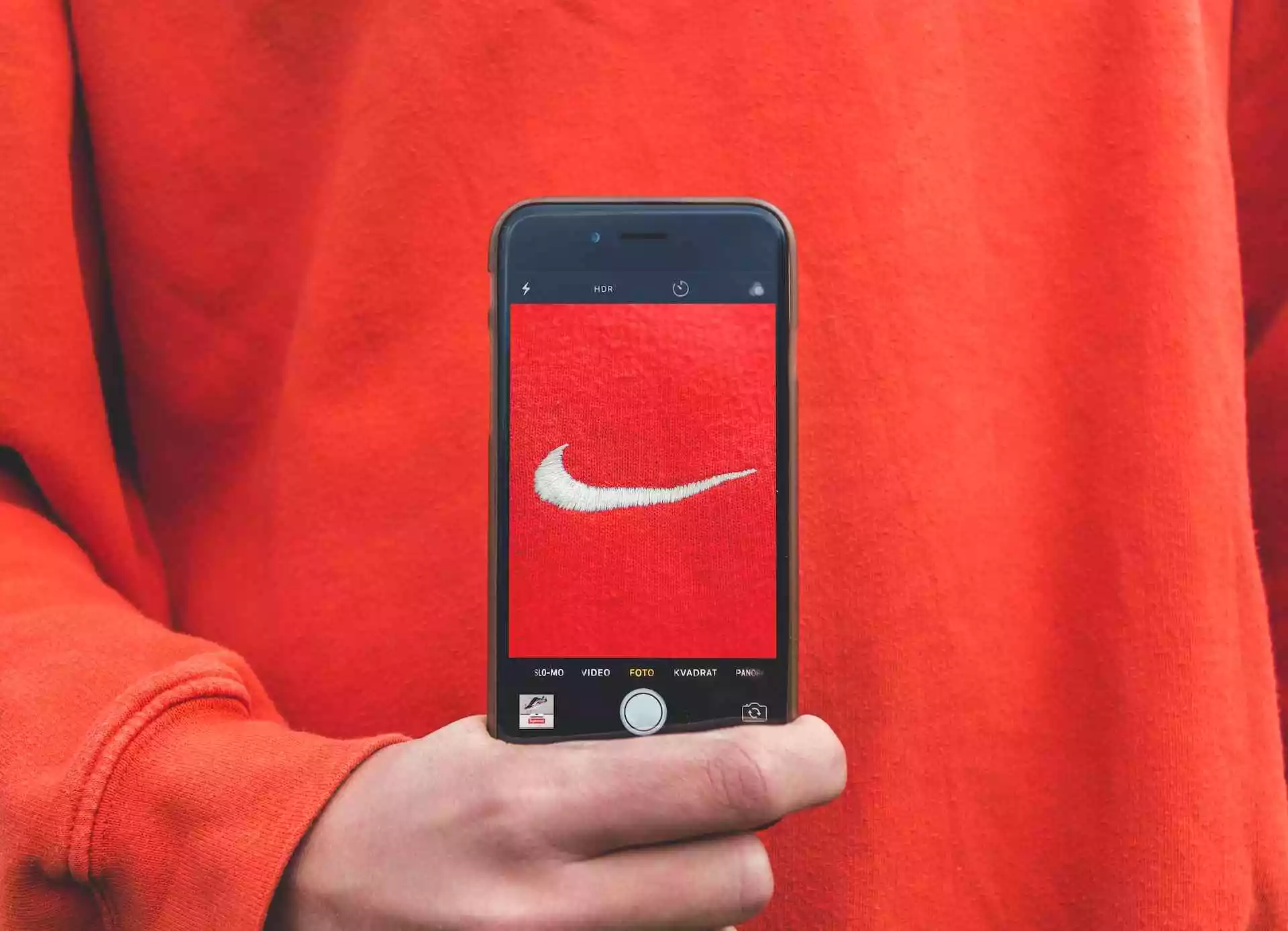In the fiercely competitive world of marketing, businesses are continually seeking ways to gain an edge and resonate more effectively with their target audience. One fascinating and increasingly popular method is neuromarketing – the application of neuroscience principles to marketing efforts. This article delves into the concept of neuromarketing, highlighting its significance and how brands leverage psychology to influence consumer behaviors.
Understanding Neuromarketing
Neuromarketing is a field that merges neuroscience and marketing. It uses insights from brain science to understand consumer behavior better and design more effective marketing strategies. Brands often employ neuromarketing techniques to invoke particular feelings, associations, or reactions, subtly guiding consumers towards purchasing their products or services.
Neuromarketing Techniques Used by Brands
Neuromarketing isn’t as futuristic or complicated as it might sound. Brands use neuromarketing techniques to evoke emotional responses and stimulate certain brain areas associated with reward, pleasure, and decision-making. Here are some examples:
Sensory Marketing: Brands use specific colors, sounds, textures, tastes, and smells to induce particular feelings or reactions. For instance, the color red often triggers excitement, urgency, or appetite, which is why many fast-food chains use it.
The Power of Scarcity and Fear of Missing Out (FOMO): Brands often employ time-limited offers or exclusive deals to create a sense of urgency, compelling customers to make immediate purchases. This strategy targets our fear of missing out on a beneficial opportunity.
Social Proof: We are social beings influenced by what others do. Brands leverage this by using testimonials, reviews, and influencer endorsements to validate their product’s value and sway potential customers.
The Decoy Effect: Brands sometimes offer a third option that makes one of the other two seem more attractive. For example, a company might price a small and large product similarly, making the larger one seem like a better deal.
Neuromarketing Success Stories
Many global brands have successfully employed neuromarketing to boost their reach and impact. Let’s delve into a few examples:
Apple’s Anticipation Strategy: Apple’s product launches are a masterclass in neuromarketing. They build anticipation, creating a ‘need’ even before the product is available, stimulating the reward centers in consumers’ brains.
Coca-Cola’s Happiness Association: Coca-Cola has effectively used neuromarketing to associate their brand with happiness and positivity. Their ‘Share a Coke’ campaign, personalized bottles, and holiday advertisements trigger positive emotions, influencing consumers to associate these feelings with the brand.

The Ethical Dimension of Neuromarketing
While neuromarketing offers brands a potent tool to understand and influence consumers, it also raises ethical questions. Is it right to manipulate consumers’ subconscious minds to drive sales? These concerns necessitate a balance. Brands should use neuromarketing responsibly, aiming to satisfy consumers’ needs better rather than exploiting them.
Conclusion
Neuromarketing presents an intriguing frontier for marketers. By understanding the human brain’s workings, businesses can create more impactful and resonant marketing strategies. While it’s a powerful tool, it’s essential for brands to use neuromarketing responsibly, considering not just sales, but also the long-term trust and relationship with their customers.
Stay updated with more insights into branding by subscribing to our newsletter, and don’t forget to check our comprehensive guide on what branding is.



